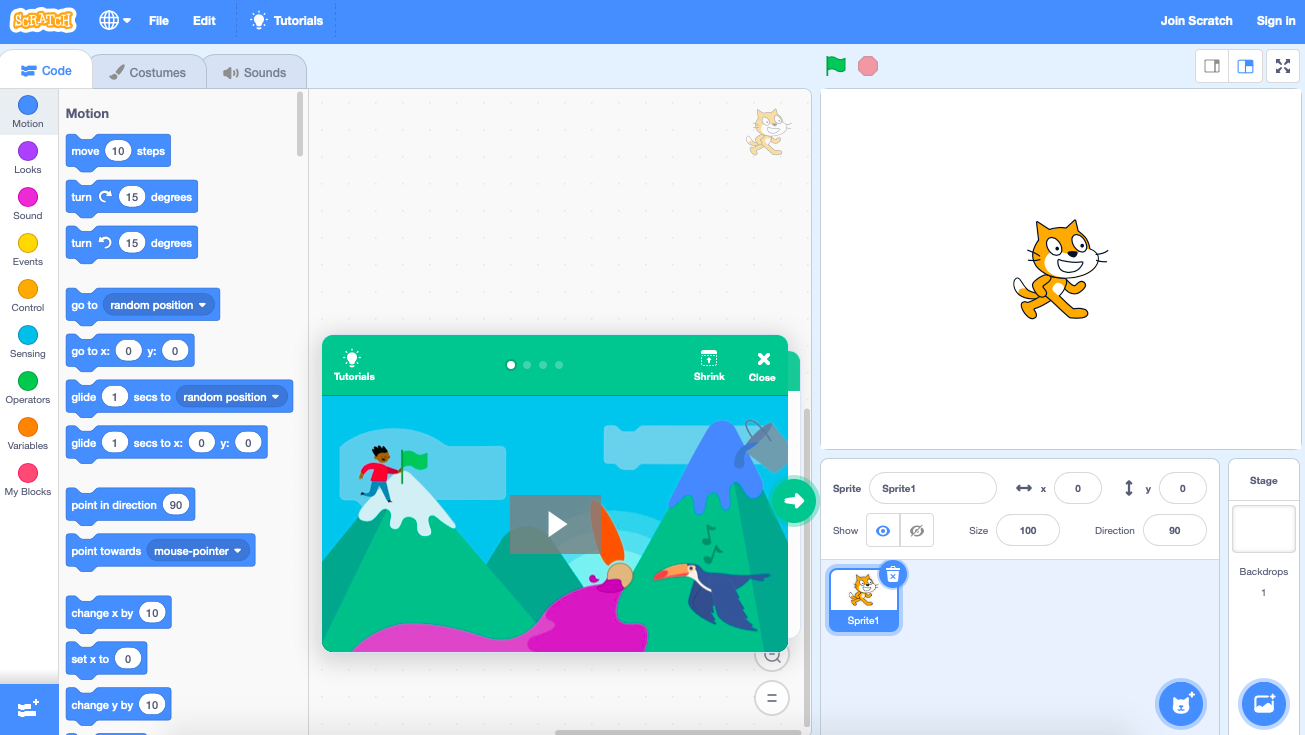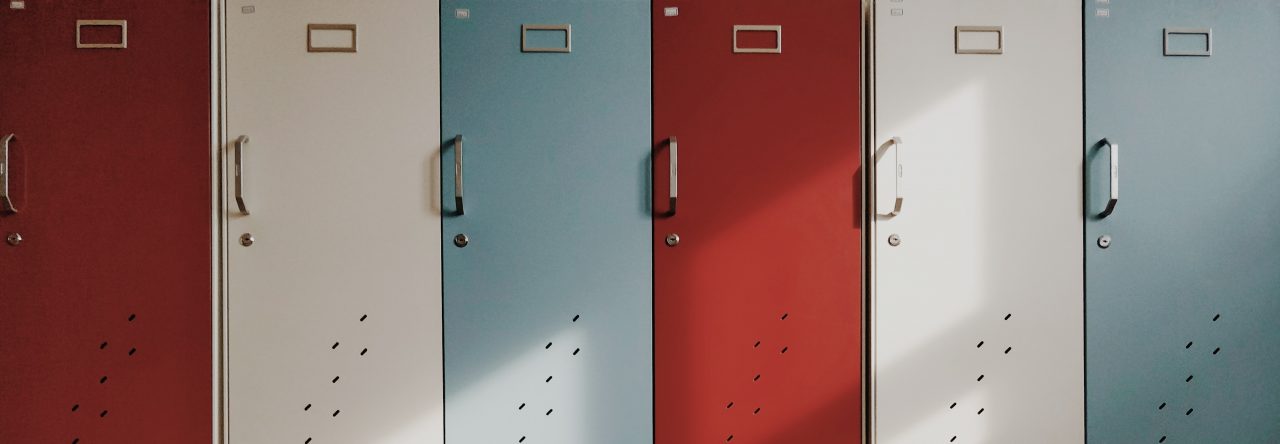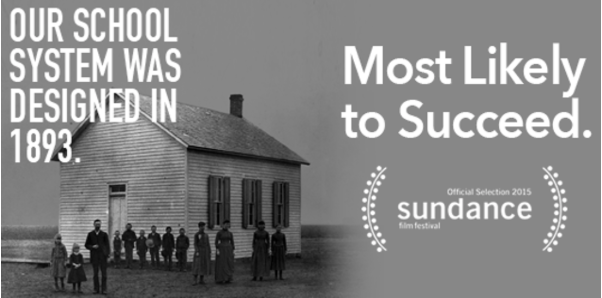I have been exploring Rich McCue‘s resources on coding and reading my classmates blog posts on different ways coding can be integrated into the classroom. Rich believes that coding should be something that is possible to teach in subjects in addition to just math and science. My favourite resource I came across was Scratch, a website for beginner coders that is extremely user-friendly and accessible. There is minimal text on the screen and the different commands are colour-coded and shaped as blocks that fit together. It is aimed towards younger learners, however as an absolute amateur at coding this resource appealed to me the most. Scratch allows learners to create short animations, stories, and games relatively easily and introduces them to the idea of coding.

While before I was introduced to these resources I would never imagine, as an English and French pre-service teacher I would ever use coding in my classroom, but I can see myself easily using Scratch particularly in either of my teachable subjects. Coding is an incredibly relevant and useful skill that I think can be expanded from technology classrooms to beyond.







